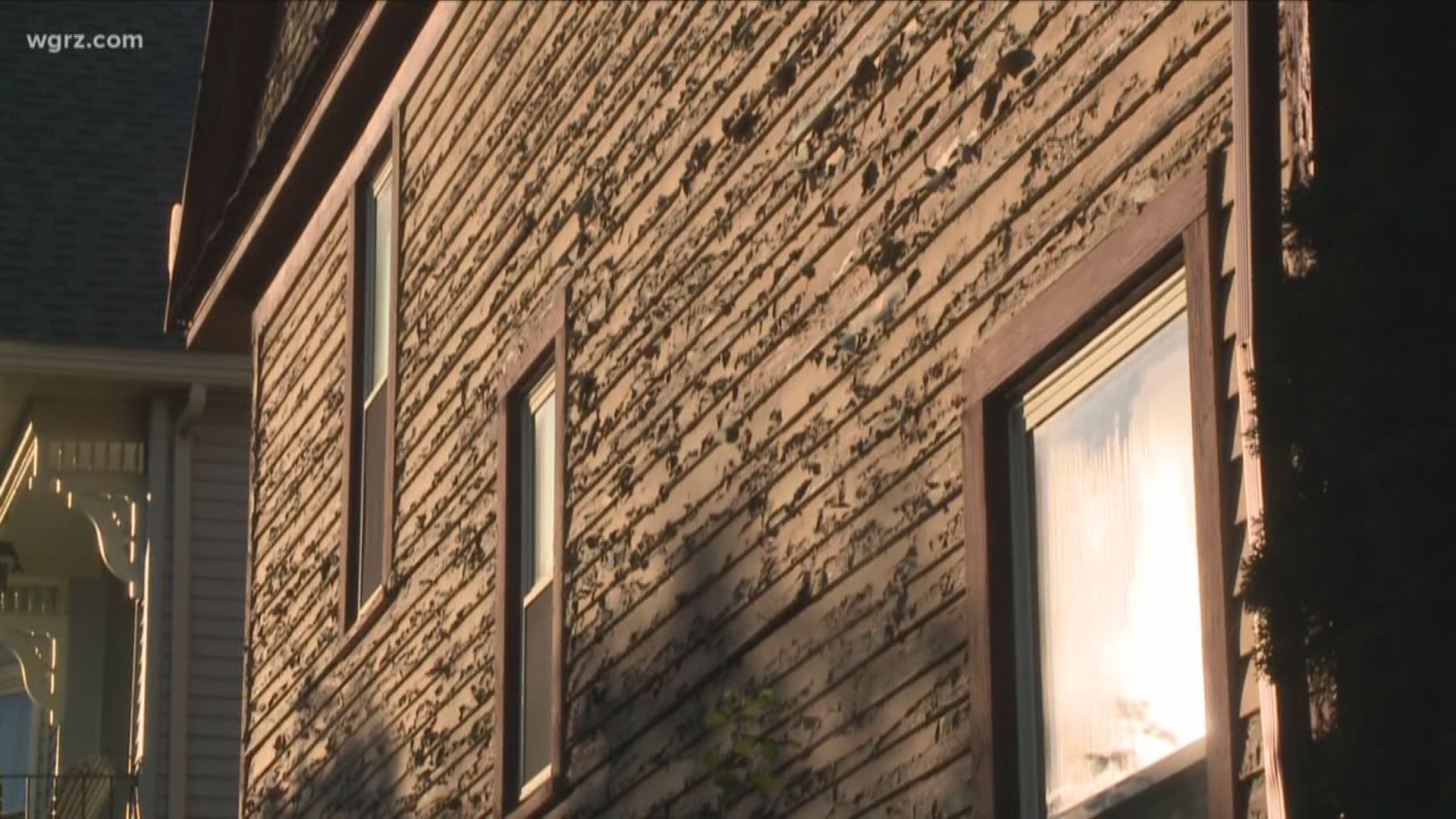BUFFALO, N.Y. — Lead can be consumed in water from aging pipes or unregulated food sources. For children, however, the most common source of poisoning is paint chips and paint dust from houses built before 1978.
This is why more is being done to find and help kids under the age of 6 with elevated levels of lead in their blood.
"That's when their brain is developing at a very high level," said Dr. Gale Burstein, the Erie County Health Commissioner. "Unfortunately, that's also the time when kids are putting everything in their mouths."
Included in this year's New York State budget, a new lead monitoring mandate for county health departments.
Currently, counties must take action if a child's blood test shows a lead level of 10 micrograms per deciliter or higher. The new law drops the threshold to five micrograms or higher.
The law change brings the state requirement in line with Centers for Disease Control and Prevention guidelines.
Dr. Burstein says Erie County Health Department nurse case managers had already been offering services to kids and families that tested below 10 micrograms, but their participation will remain voluntary until the law takes effect in October.
While this is well received from a health perspective, financially it's concerning because this mandate didn't come with money.
"We want this to be done," Burstein said. "We're very disappointed that the state is not providing us with additional resources to be able to do the job, and it's really the responsibility of the county to pay for the additional workload that this will generate."
Dr. Burstein gave 2 On Your Side Erie County's 2018 numbers to put things in perspective.
There were 266 new confirmed cases of children who tested with an elevated blood lead level above 10 µg/dL. 972 additional cases were reported to the health department showing kids with elevated blood lead level between 5-9 µg/dL. (Only 606 of those 972 cases were confirmed)
Under the new mandate, all 1,238 of those kids would have qualified for treatment and other services. That's nearly five times the number of kids covered under current law.
But Erie County only has four nurse case managers and seven public health sanitarians.
The nurse case managers work with kids and families on how to bring down those high lead levels. They also coordinate with doctors to make sure that repeat testing is done so that the improvements are monitored. Each nurse case manager can take on a maximum of 130 kids.
The public health sanitarians inspect the homes for sources of lead and recommend repairs and remediation. The maximum number of cases they can individually work on is 150.
Right now, the counties are waiting for the final rules and regulation from the state so they can calculate how many additional people they'll need.
Dr. Burstein: "We believe that Erie County will be hit the most because we have the largest old housing stock in New York State and really the United States."
In terms of the cost, Dr. Burstein believes the state only plans to reimburse a percentage.
The New York State Association of County Health Officials is still actively advocating for state funding, but efforts, so far, have been unsuccessful.
MORE ON WGRZ.COM

